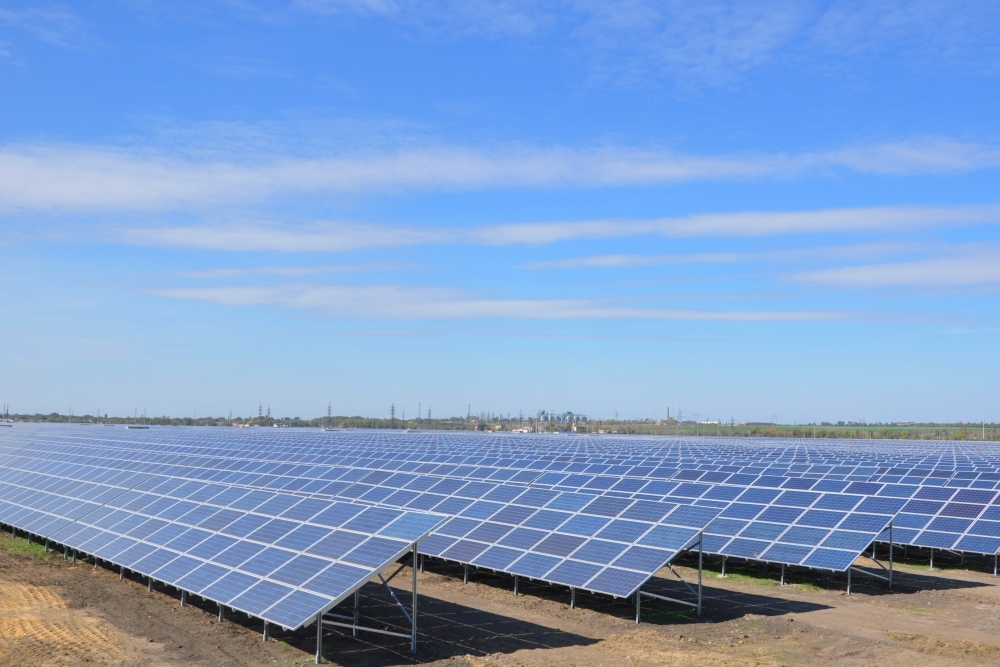Habitat & Protected Species Surveys for a Proposed Ground-Mounted Solar Array in South Oxfordshire
Client: Renewable Energy Developer
Our ecology team were instructed in 2014 to undertake an Extended Phase 1 Habitat Survey for a c.50ha greenfield site proposed for a ground-mounted solar array with generating capacity of up to 25MW. Land within the site boundaries was predominantly under arable cultivation, but also included areas of rough grassland and a network of ditches, hedgerows and linear woodlands. Five ponds were present within 500m of the proposal site, including one pond within 20m, and we recommended that surveys should be carried out to establish whether the ponds were used by Great Crested Newts for breeding…


